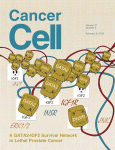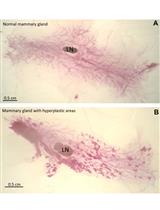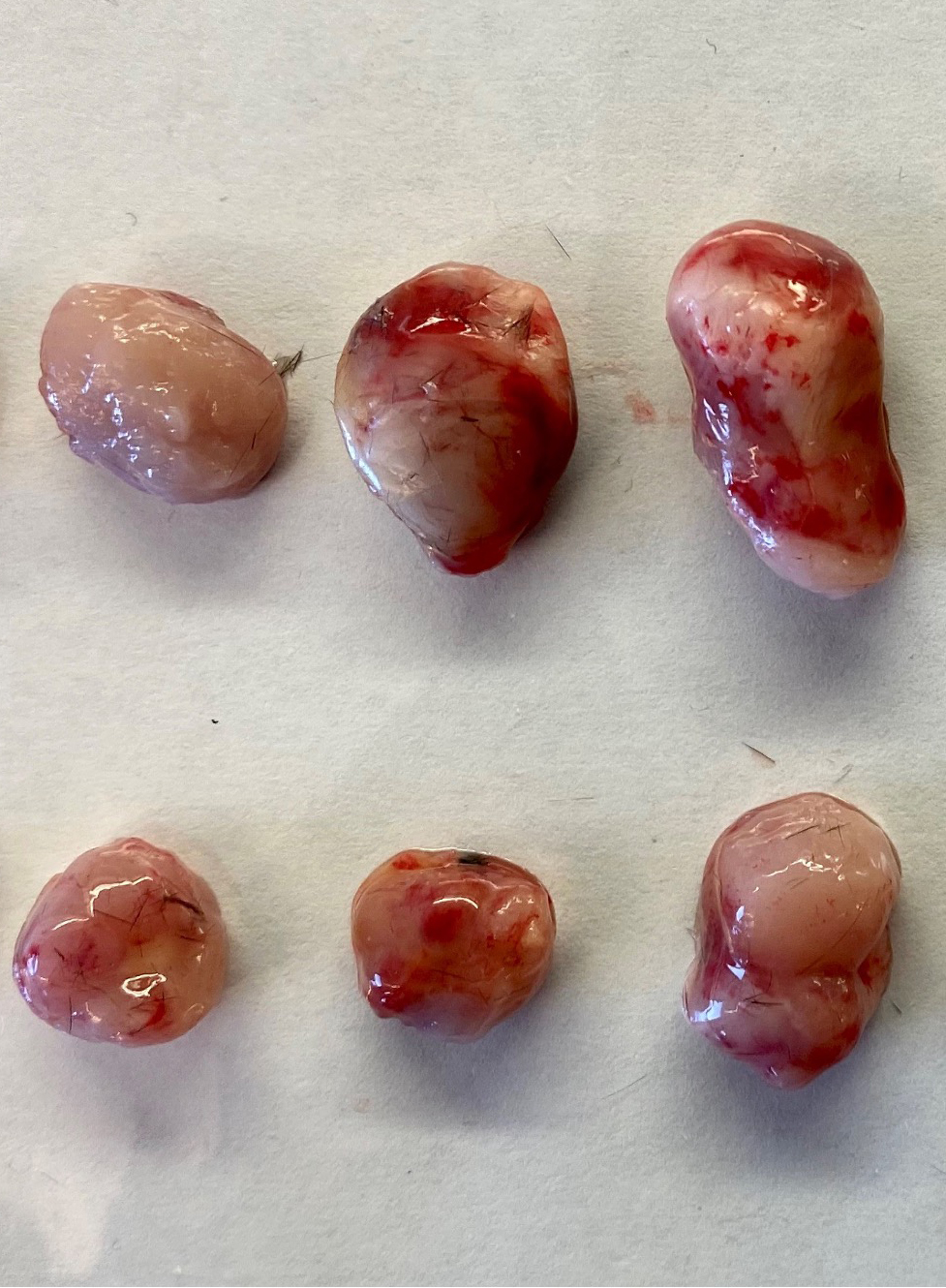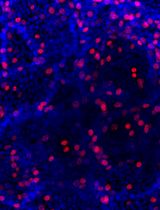- EN - English
- CN - 中文
In vivo Bioluminescence Imaging of Luciferase-labeled Cancer Cells
荧光素酶标记癌细胞的体内生物发光成像
发布: 2016年03月20日第6卷第6期 DOI: 10.21769/BioProtoc.1762 浏览次数: 36488
评审: Vivien Jane Coulson-ThomasAnonymous reviewer(s)
Abstract
Over the past decade, in vivo bioluminescent imaging has emerged as a non-invasive and sensitive tool for studying ongoing biological processes within living organisms (Contag et al., 1997; Contag et al., 1998). Based on the detection and quantitation of the photons produced by the oxidation of luciferin by luciferase enzymes (Harvey, 1927), this technique has proved to be particularly useful in analyzing cancerous cells and monitoring tumor growth (Edinger et al., 1999; Sweeney et al., 1999; Vidal et al., 2015), providing a cost-effective insight into how the disease progresses in vivo, without the need of serial sacrifice of animals. This protocol describes in detail the procedure of obtaining luciferase-tagged tumors in immunocompromised mice that can be studied by bioluminescent imaging through the use of an IVIS Spectrum imager.
Keywords: Bioluminescent imaging (生物发光成像)Materials and Reagents
- FalconTM Standard 10 cm2 Tissue Culture Dishes (Corning, catalog number: 353003 )
- Syringe Filter 0.45 μm strainer (Corning, catalog number: CLS431225 )
- 22Rv1 prostate cancer cells (ATCC, catalog number: CRL-2505 )
- NOD.Cg-Prkdcscid Il2rgtm1Wjl/SzJ (NSGTM) mice (Jackson Lab, catalog number: 00557 )
- Phoenix-Ampho cells (ATCC, catalog number: CRL-3213 )
- pLenti CMV Puro LUC (w168-1) (Addgene, catalog number: 17477 )
- Helper pCMV-VSV-G (Addgene, catalog number: 8454 ) and pMD2.G (Addgene, catalog number: 12259 )
- One Shot Stbl3 Competent E. coli (Thermo Fisher Scientific, InvitrogenTM, catalog number: C7373-03 )
- LB Broth Medium (Thermo Fisher Scientific, BioReagentsTM, catalog number: BP1426-2 )
- Ampicillin (Sigma-Aldrich, catalog number: A9393 )
- QIAprep Spin Miniprep Kit (QIAGEN, catalog number: 27106 )
- RPMI 1640 Medium (Thermo Fisher Scientific, GibcoTM, catalog number: 11875119 )
- Dulbecco’s Phosphate-Buffered Saline (DPBS) 1x (Corning, catalog number: 21-031 )
- jetPEI® DNA Transfection Agent (Polyplus-transfection, catalog number: 101-10N )
- Penicillin-Streptomycin antibiotic (Thermo Fisher Scientific, GibcoTM, catalog number: 15140122 )
- Polybrene® (Santa Cruz Biotechnology, catalog number: 134220 )
- Isoflurane (Baxter, catalog number: 1001936040 )
- Matrigel® Growth Factor Reduced (GFR) Basement Membrane Matrix (Corning, catalog number: 354230 )
- D-luciferin (PerkinElmer, catalog number: 770504 )
Equipment
- Thermo-block (Thermo Fisher Scientific, model: IsotempTM Digital and Analog Dry Bath Incubator )
- Shaker incubator (Eppendorf AG, New Brunswick Scientific, model: Innova 44R Incubator/Shaker )
- Table-top microcentrifuge (Eppendorf AG, model: centrifuge 5415R )
- Spectrophotometer (Thermo Fisher Scientific, model: SPECTRONICTM 200 Spectrophotometer )
- Incubator (Thermo Fisher Scientific, model: Heracell 150i )
- Vortex (Scientific Industries, model: Vortex Genie 2 )
- IVIS Spectrum imager (PerkinElmer, model: IVIS Spectrum Preclinical In Vivo Imaging System )
Software
- Caliper LifeScience Living Image® in vivo imaging software (PerkinElmer, catalog number: 128110) (Lumina/Kinetic/XR/100, Living Image V4.1)

Figure 1. Schematic representation of the steps required to successfully tag cells with luciferase and perform in vivo imaging
Procedure
文章信息
版权信息
© 2016 The Authors; exclusive licensee Bio-protocol LLC.
如何引用
Carceles-Cordon, M., Rodriguez-Fernandez, I., Rodriguez-Bravo, V., Cordon-Cardo, C. and Domingo-Domenech, J. (2016). In vivo Bioluminescence Imaging of Luciferase-labeled Cancer Cells. Bio-protocol 6(6): e1762. DOI: 10.21769/BioProtoc.1762.
分类
癌症生物学 > 通用技术 > 肿瘤形成
癌症生物学 > 肿瘤免疫学 > 肿瘤形成 > 细胞分离和检测
您对这篇实验方法有问题吗?
在此处发布您的问题,我们将邀请本文作者来回答。同时,我们会将您的问题发布到Bio-protocol Exchange,以便寻求社区成员的帮助。
Share
Bluesky
X
Copy link
















